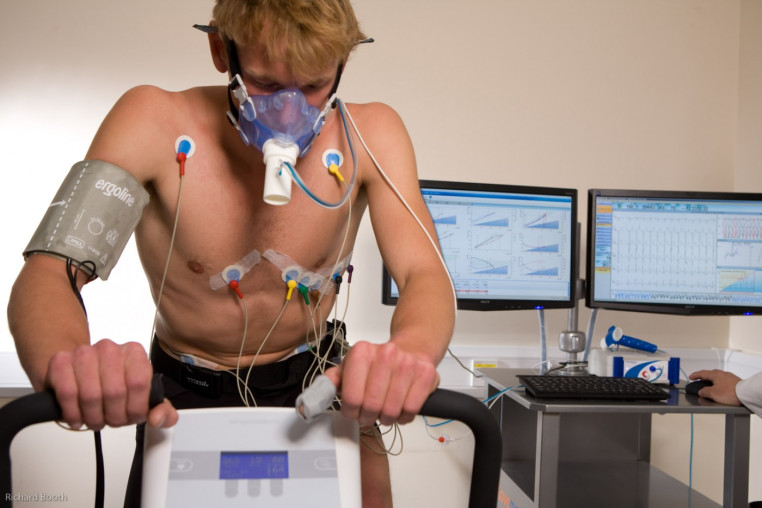
VO₂ max is often referred to as the "gold standard" for measuring aerobic fitness. It represents the maximum amount of oxygen your body can utilize during intense exercise and serves as a critical metric for both athletic performance and overall health. But what does it really mean, why is it important, and how can you improve it? Let’s explore what research says about VO₂ max and how it impacts sports and longevity.
VO₂ max stands for "maximal oxygen uptake", measured in milliliters of oxygen per kilogram of body weight per minute (ml/kg/min). It reflects your body’s ability to deliver oxygen to working muscles and use it efficiently for energy production. Think of it as the size of your fitness engine—the bigger it is, the more fuel (oxygen) you can use, and the better your endurance.
For athletes, VO₂ max is a major determinant of performance, especially in endurance sports like running, cycling, and swimming. The higher your VO₂ max, the longer and harder you can sustain effort.
Real-World Elite Examples:
Elite marathon runners, like Eliud Kipchoge, often boast VO₂ max values in the mid-80s.
Cross-country skiers, who push both their upper and lower bodies to the limit, can exceed values of 90 ml/kg/min.
Versus Our Laboratory Data :
Health and fitness enthusiasts can be as low as 30-35ml/kg/min when first starting off
Competitive age group athletes who can compete at the front of races around 50-60ml/kg/min
VO₂ max isn’t just for athletes—it’s a powerful marker of overall health and longevity. Studies consistently link higher VO₂ max levels with reduced risk of chronic diseases, improved quality of life, and longer lifespans.
Health Impact:
VO₂ max can be assessed through
VO₂ max is more than just a number; it’s a snapshot of your fitness and a predictor of your health and longevity. Whether you’re an athlete chasing peak performance or someone striving for a healthier life, improving your VO₂ max is a worthwhile goal.
Actionable Tip: Start incorporating aerobic workouts like intervals, steady runs, or cycling into your routine. Track your progress with a wearable device or occasional lab tests.
Remember: VO₂ max isn’t fixed—every step, stride, or pedal stroke brings you closer to your potential!
Duis mollis, est non commodo luctus, nisi erat porttitor ligula, eget lacinia odio sem nec elit. Integer posuere erat a ante venenatis dapibus posuere velit aliquet. Sed posuere consectetur est at lobortis. Nullam quis risus eget urna mollis ornare vel eu leo.
or receive periodic updates and advice by subscribing to our newsletter